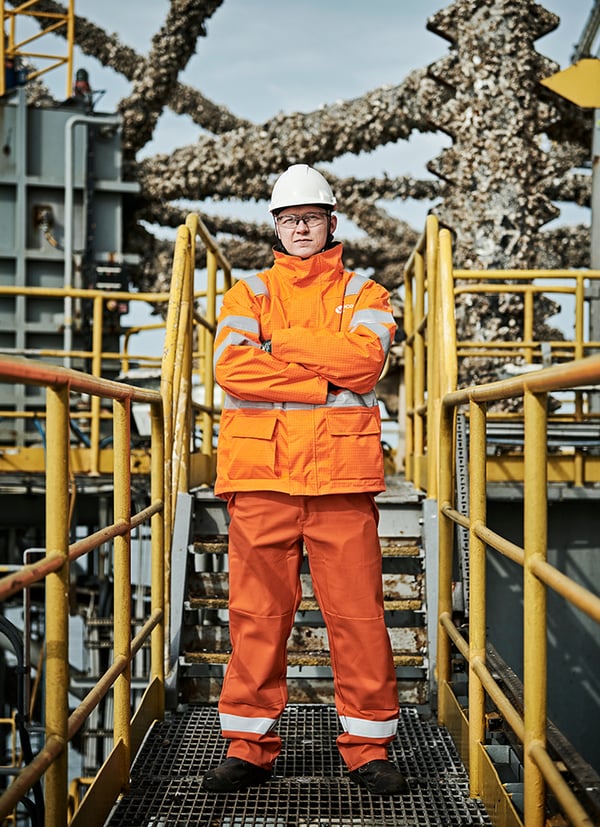It is well-known that offshore installations warm the surrounding waters, which attracts more fish and marine creatures to the area, providing a rich feeding ground for the birds. Unmanned installations will face a bigger issue, as there are no personnel on hand to clean the area or prevent the birds from roosting.
While their presence is not mainly the problem, but what they bring along and leave behind can become a major issue. After 4-5 weeks, the guano build-up can be up to 0.5 to 1 inch thick, which will impose threats to the physical safety of your personnel and equipment. The helideck is worth paying attention to when it comes to birds, because it may cause you unnecessary downtime when everyone is held back by the resulting unsafe environment.
The problems birds bring to your helidecks
- Personnel Health and Safety
As guano builds up on the helideck, personnel will have to traverse through the slippery surface, increasing the risk of slipping and falling. Aside from the immediate slipping hazard, bird guano poses a long-term health risk when personnel come into contact with it. Large and concentrated areas of guano may harbour micro-organisms which can lead to human diseases such as pneumonia and meningitis. - Obscured helideck
Guano can obliterate the markings on the helideck by covering them or completely degrading the paint. When pilots are unable to discern the markings on a helideck, it can be impossible for them to identify if they are landing at the right place. This makes central deck landing, especially at night, impossible.
In addition, with the CAP 437 Standards for Offshore Helicopter Landing Areas, it is not legal to land on a poorly lit helideck, forcing helicopters ultimately to return to shore. With a hired helicopter can easily costing 50,000 € per ride, this is a costly incident to deal with. - Helicopter safety
Piloting a helicopter becomes more hazardous when the area has been colonised by sea birds. Helicopters usually have to do a fly-around to displace roosting birds, which may lead them coming into close proximity of the aircraft, increasing the possibility of bird strikes. Even attempts to avoid bird strikes can also lead to damage, as in 1995 when a Hiller UH12 struck power cables whilst maneuvering to avoid birds.
Aside from bird strikes, when a helicopter is hovering close the helideck, there is an increased risk of engine foreign object damage (FOD) from the shells, bones and feathers trapped in helideck net being lifted in helicopter downwash. The same downwash also causes objects to be blown into the face of helideck crew, so they tend look away when landing and taking-off.
What can be done?
The problem with birds can increase your operational costs. Operators have tried to mitigate these risks by jet washing their helidecks regularly and repainting the helideck markings. In the case of unmanned operations, the costs involved in rechartering a helicopter, regular washing, maintenance and replacement of equipment can stack up.
There are also ways to prevent birds from making your installations home. In our eBook, we have discussed different methods that are currently in use, such as the use of spikes and netting, traps, and chemicals. However, birds are adaptable and would usually be able to circumvent these measures as time passes.
Alternatively, You can also look into getting an electronic bird deterrent system professionally calibrated to deal with these seabirds. These systems use sensors and CCTV to detect incoming birds, then blasts a sound via the loudspeaker to scare them. Some systems are calibrated to play randomized sounds only after detecting birds, which would be more effective to prevent the birds from being desensitized to the stimulus.








